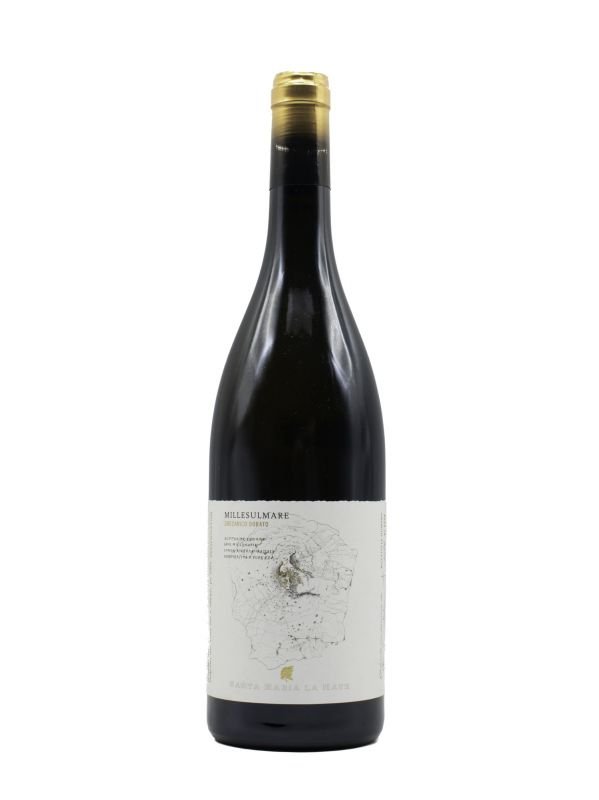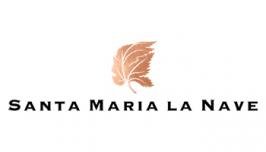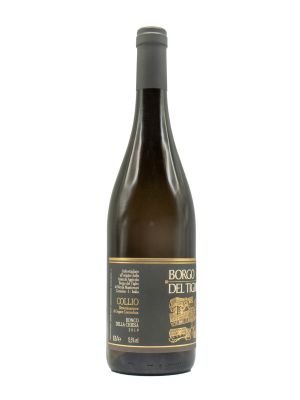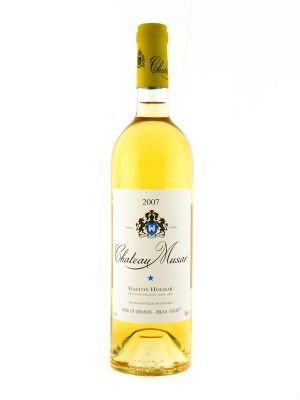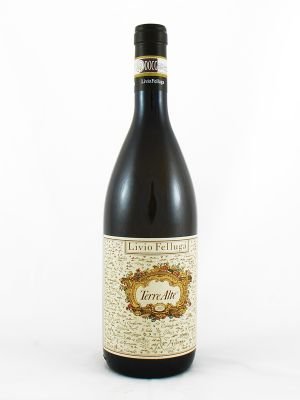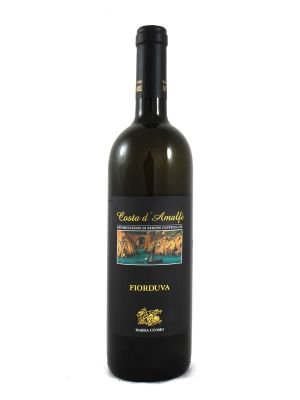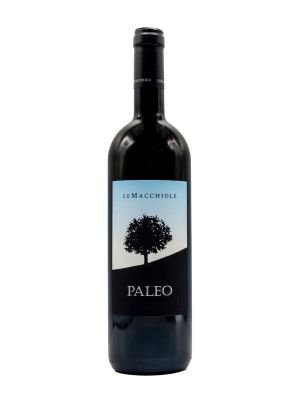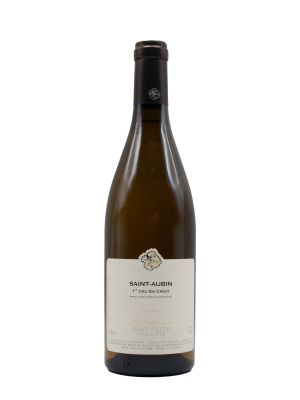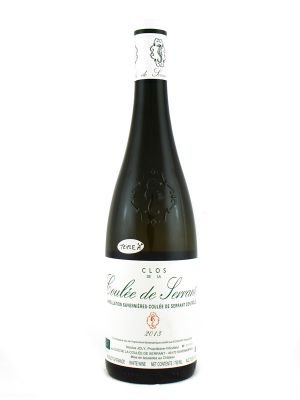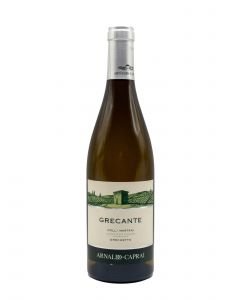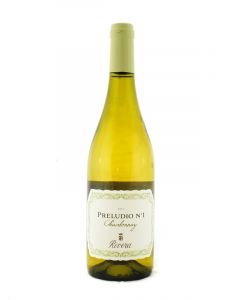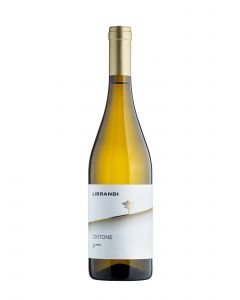Millesulmare Santa Maria La Nave 2019
Shipped free
 Prompt delivery if you order before 15:30,
Prompt delivery if you order before 15:30,
Millesulmare Santa Maria La Nave, as its name suggests, is produced at 1,100 meters above sea level, in the heart of centuries-old lava flows and pristine places where wild nature reigns supreme. It is made from splendid Grecanico Dorato vines from the Casa Decima vineyard on the rugged northwest slope of Etna, one of the highest vineyards in Europe. A wine with extraordinary minerality and elegant mountain and sea aromas.
In summary
Awards & Recognition
 92/100
92/100
How to taste it

Visual tasting
Crystalline, straw yellow in color with golden highlights. Fairly consistent.
Olfactory tasting
On the nose it is an explosion of fragrances, notes of Etna apples give way to delicate nuances of white peach, pineapple and citrus, while intense nuances of broom, vanilla and white pepper blend elegantly with the marked mineral, almost sulphurous note.
Taste tasting
Dry and fresh on the palate, it is balanced by hints of savouriness that give it a harmonious and persistent finish.
What to pair wine with Millesulmare Santa Maria La Nave 2019
Millesulmare Santa Maria La Nave pairs elegantly with all fish dishes, white meats, and vegetables. It's perfect with shellfish, shrimp tempura, pasta with sardines and wild fennel, and arancini.
Contains sulfites.
Millesulmare Santa Maria La Nave is produced with 100% Grecanico Dorato grapes, various native clones derived from ancient local ungrafted vineyards, grafted onto Richter 110 and Paulsen 1103. Approximately 15% of the vineyard was reproduced using the layering method, and is therefore ungrafted. The vineyard from which the grapes come is called Casa Decima, located in Contrada Nave, on the northwest slope of Etna, at an altitude of 1,100 meters above sea level. The winemaking process is extremely delicate so as not to alter the true identity of the bunch and the vintage, and to produce an authentic wine that respects Etna's winemaking tradition. The grapes are destemmed, not crushed, and transferred to a soft press for approximately two hours, thus obtaining 60% free-run must. Pressures never exceed 0.6 bar during pressing. The free-run must, racked into an insulated steel tank, is cold-decanted (at 10°C) for 36 hours, then racked, separated from the lees, and instilled with strictly indigenous yeasts. Alcoholic fermentation takes place at a controlled temperature of 18-20°C to preserve the aromatic profile. A week after fermentation, the wine is racked to separate it from the coarse lees, and after 10 days, batonage (stirring) begins on the fine lees once a week. The wine stabilizes with cold temperatures, including its tartaric content. This makes Millesulmare less acidic, smoother on the palate, and preserves the grape's original aromas. After light clarification and filtration, Millesulmare is bottled and aged for several months before being shared with its connoisseurs.


 Italiano
Italiano Deutsch
Deutsch
